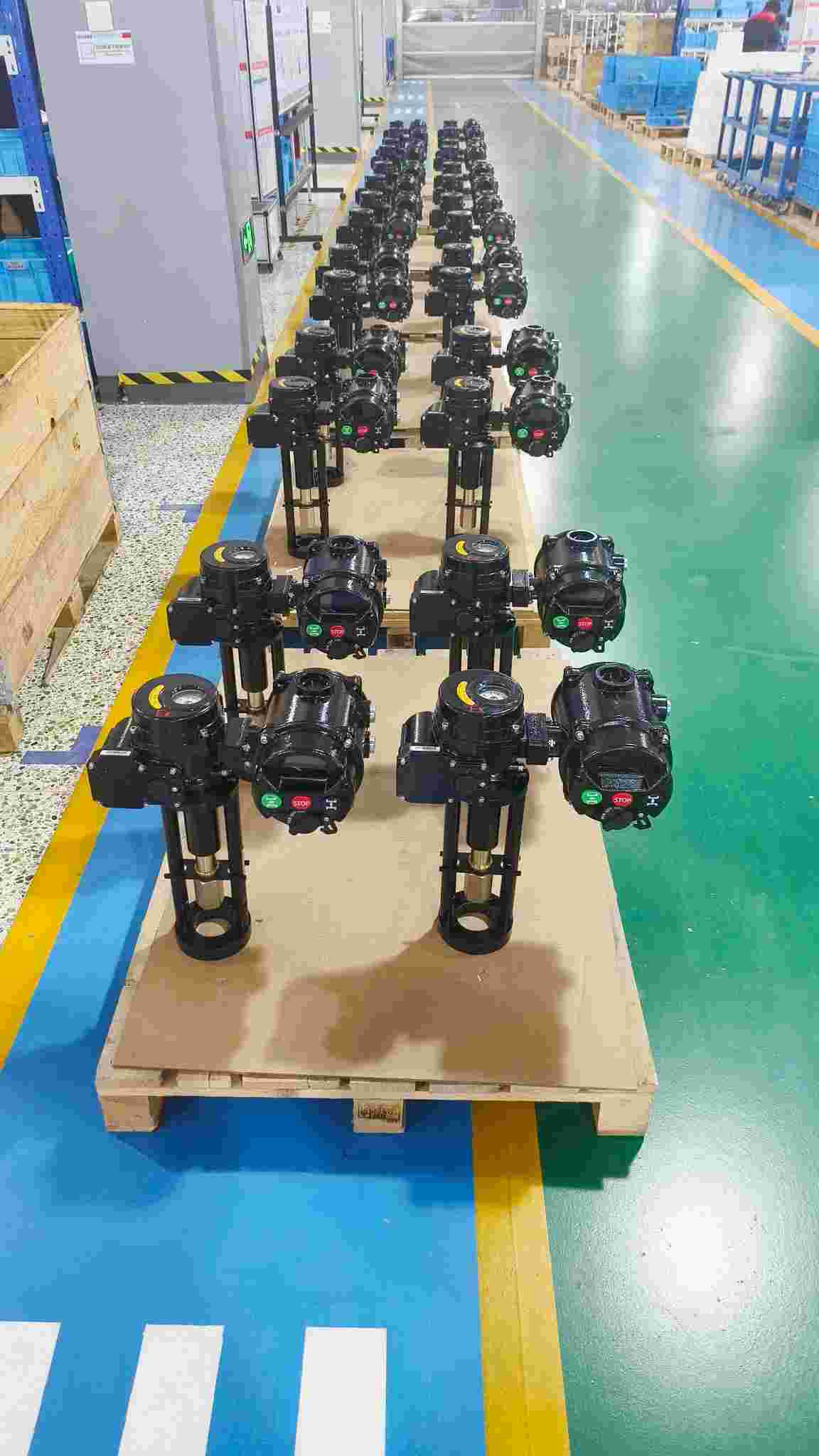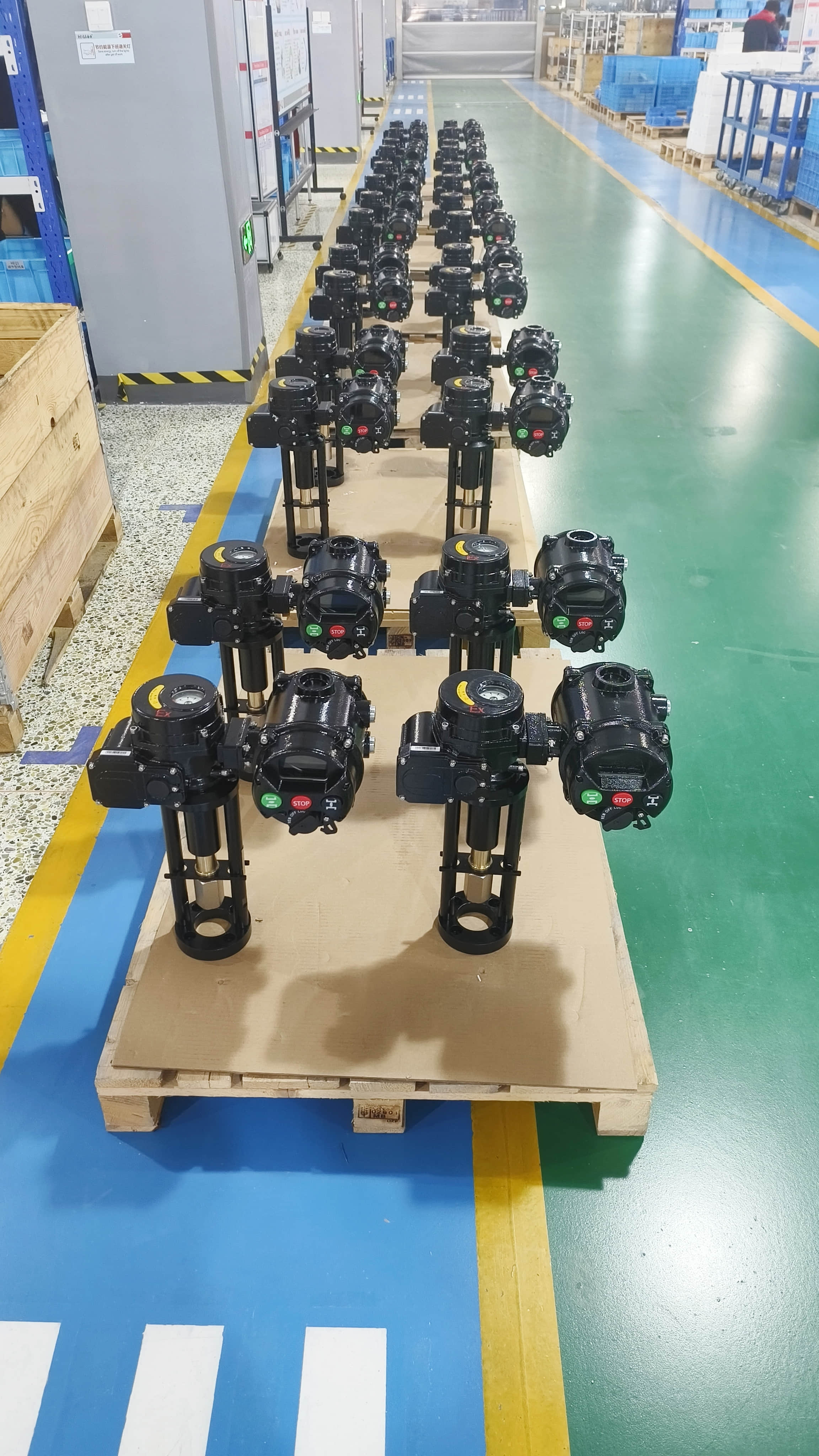
In recent years, technological advancements have led to the development of intelligent integrated actuators, which represent a significant leap in the field of automation and control systems. These actuators combine various functions, such as sensing, actuation, and control, into a single compact unit. As industries strive to improve efficiency, flexibility, and reliability, the intelligent integrated actuator has emerged as a critical component in modern systems. This article explores the importance, working principle, applications, and future trends of intelligent integrated actuators.
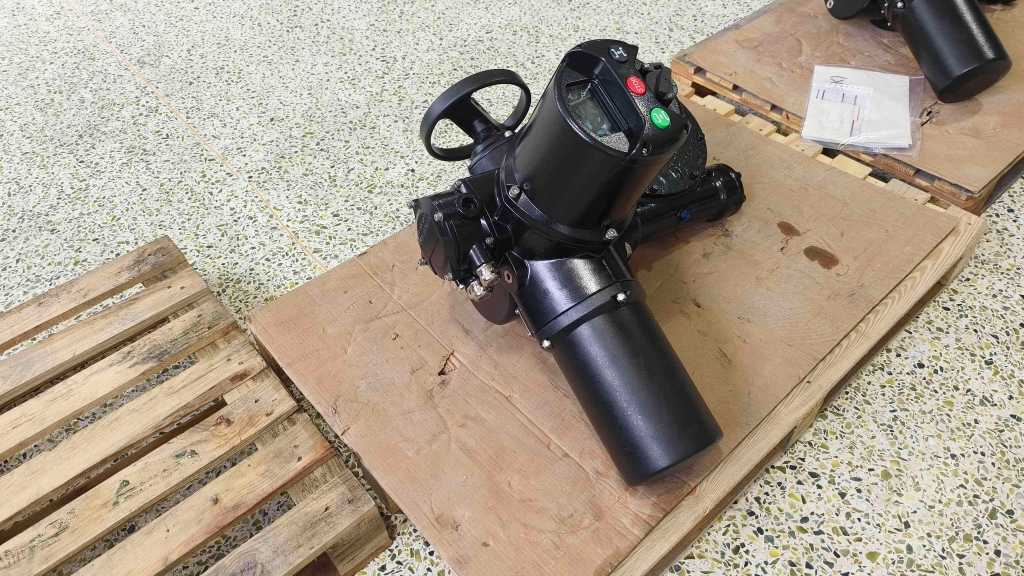
What is an Intelligent Integrated Actuator?
An intelligent integrated actuator is a device that merges the functions of traditional actuators and sensors, along with integrated control algorithms, in one compact unit. Traditionally, actuators are mechanical devices that convert energy (such as electrical, pneumatic, or hydraulic) into motion, while sensors are used to measure physical quantities like position, speed, and force. The intelligent integrated actuator integrates these functionalities with built-in intelligence to enable more advanced control and decision-making processes.
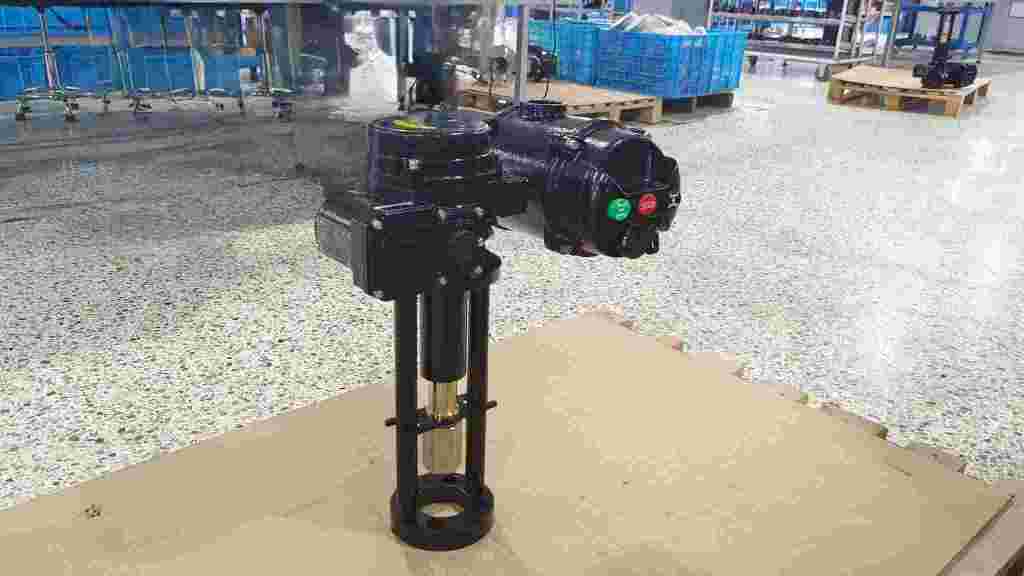
These actuators are designed to operate autonomously or with minimal external control, thanks to the embedded sensors and processing units. By combining multiple components into one system, intelligent integrated actuators reduce the need for complex wiring, decrease the size and weight of machinery, and improve the overall efficiency of a system.
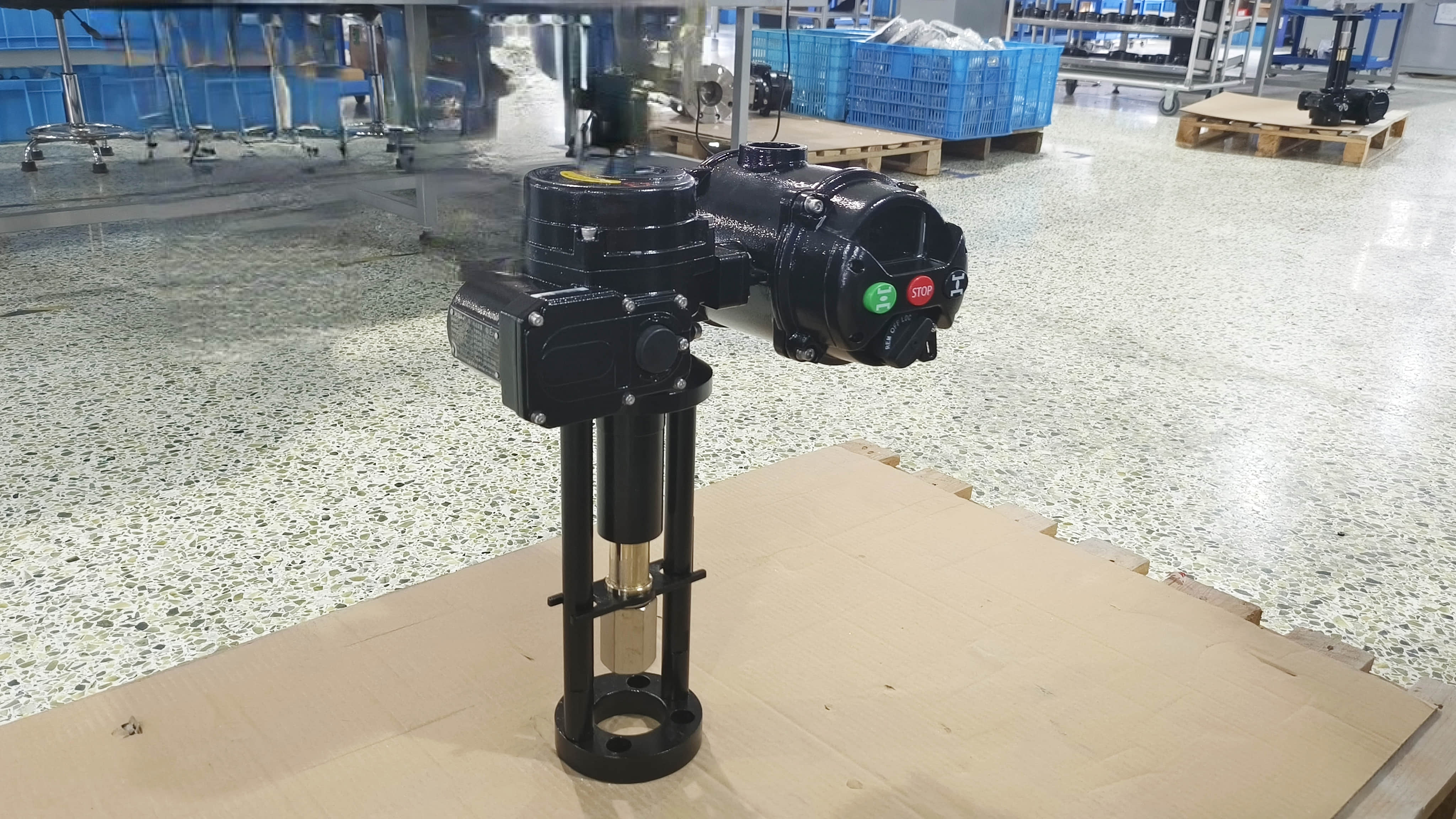
How Do Intelligent Integrated Actuators Work?
